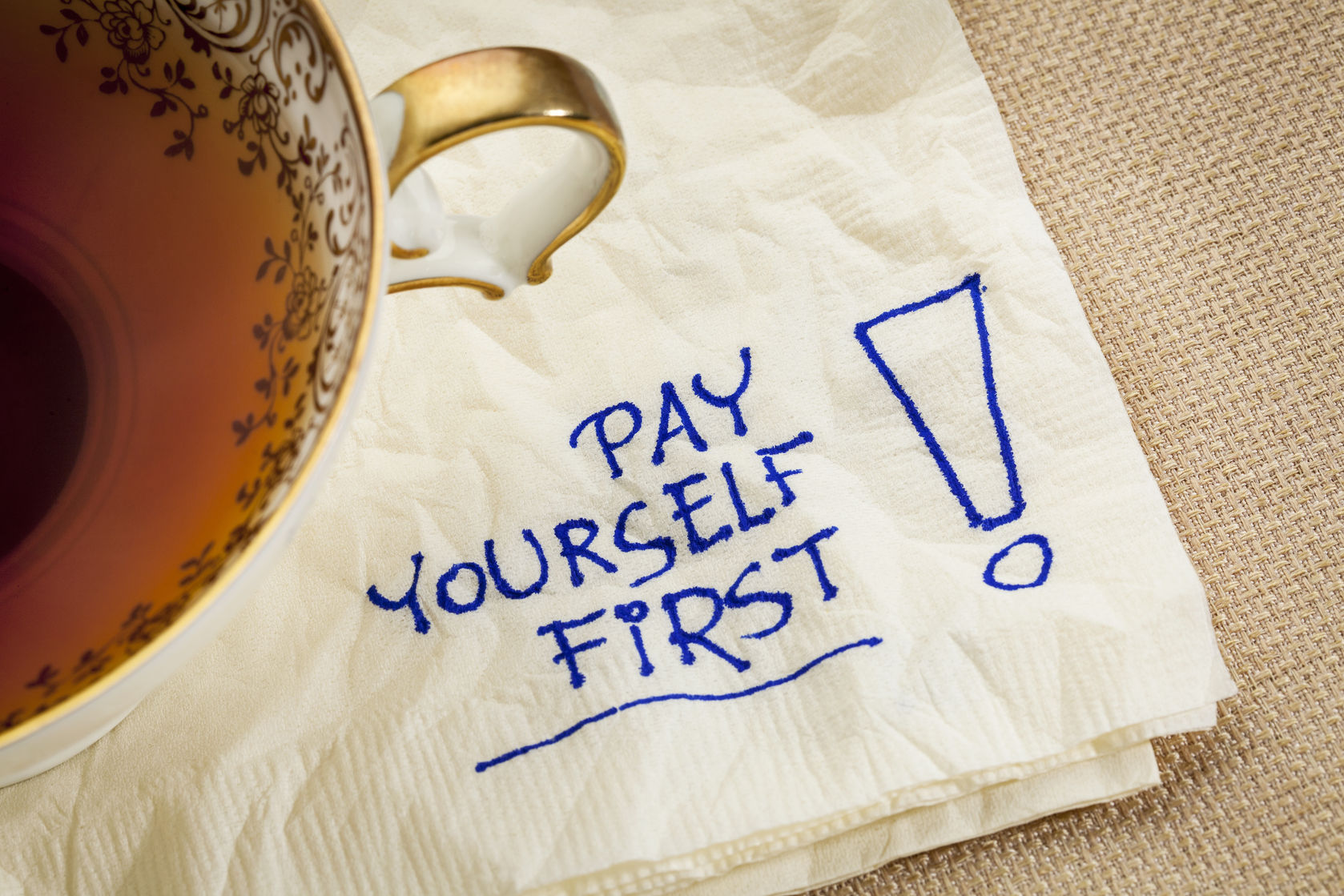Published by Mark Ring
I had a very interesting conversation recently regarding building wealth, said in a simpler fashion “saving money”. I performed a retirement review for a client and this subject became top of mind.I realized that my clients actually followed the philosophy of saving first and spending second; whereby they pursued their retirement goals at a fairly young age. They reminded me of a conversation we had over 20 years ago while sitting around their kitchen table when I described this strategy.
There is no doubt we live in an environment where headlines move at the speed of a tweet. Markets swing with the simplest of public statements and technology has not necessarily made everyday life easier to digest. But the discipline of building wealth (saving money), has actually remained a very simple process. And it has nothing to do with your investment return; it’s all about cash flow.
It was explained to me that you should pay yourself first before you spend any of your money on such things as bills, entertainment, clothes, etc. I was told that if you save first and then spend what’s left you’ll create a disciplined savings approach. When you save a few dollars before you spend, it feels empowering and creates independence. You won’t feel guilty when you do or have to spend your money, you have already saved. So you’re free to spend without any apprehension. This strategy also helps spending money remain a conscious decision process, not reactionary. In today’s consumer-driven economy, spending has evolved into an emotional and brainless transaction with the goal of immediate gratification. Consumer services have made it so easy just to swipe a card or press a button and it’s done. This is not a right or wrong or a judgement on spending or purchasing. It’s about being aware of your cash flow, cause and effect.
Initially it’s not about how much you save in the process but that you actually do it. After doing it for a while, it becomes a habit and second nature. You’ll even find it easier to increase your saving rate when saving first rather than trying to save at the end of the spending cycle. We all know how easy it is to delay starting. Because what’s a day without a good rationale? If done on a consistent basis, you will eventually find that you have built a bucket of wealth (savings) that potentially becomes an engine of wealth. And it has nothing to do with return, and all to do with cash flow. Just as my clients now realize.
Are you interested in pursuing a plan to build wealth? Contact Jacob William Advisory for a complementary consultation.
You can click here to learn more about your personal risk profile.
Content in this material is for general information only and not intended to provide specific advice or recommendations for any individual. Investing involves risk including loss of principal. No strategy assures success or protects against loss.


